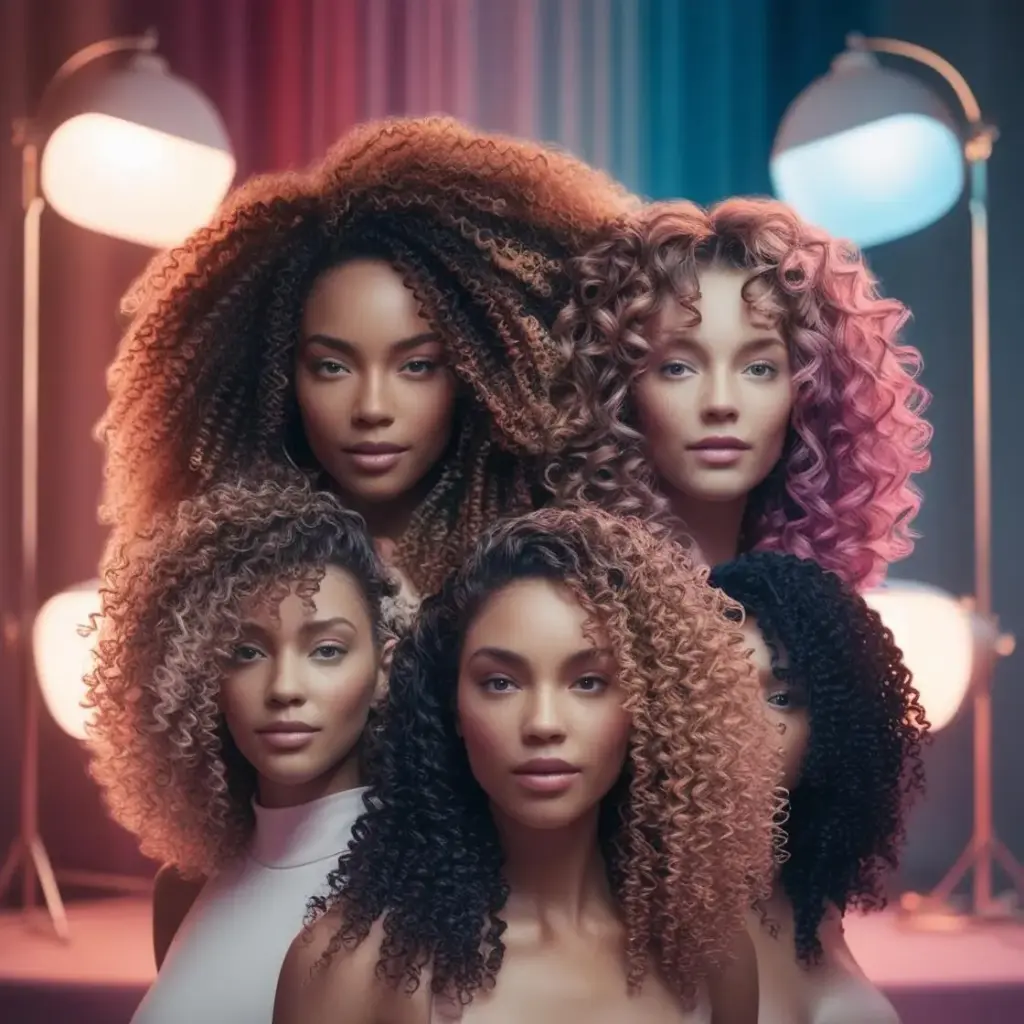Wavy hair is a beautiful hair type that falls between straight and curly textures, offering natural movement and volume. However, it also comes with unique challenges, including frizz, uneven curl patterns, and difficulty in maintaining definition. Understanding how to properly care for wavy hair can help you enhance its natural beauty while preventing common mistakes that lead to damage.
In this guide, you’ll discover the best techniques, products, and routines for keeping your wavy hair healthy, defined, and frizz-free.

Index
Understanding Wavy Hair: What Makes It Unique?
Wavy hair has an “S” shape that varies from loose bends to more defined waves. It is categorized into three types:
- Type 2A – Fine and slightly wavy, prone to becoming limp.
- Type 2B – More defined waves with moderate frizz.
- Type 2C – Deep waves with stronger definition but more prone to frizz and dryness.
Since wavy hair is neither fully curly nor straight, it requires a delicate balance of moisture and lightweight styling products to maintain definition without weighing it down.
Common Mistakes When Caring for Wavy Hair
1. Overwashing the Hair
Many people wash their wavy hair too frequently, stripping it of its natural oils. This leads to excessive dryness and frizz.
How to Fix It:
- Wash your hair 2-3 times a week instead of daily.
- Use a sulfate-free shampoo to retain moisture.
- Refresh waves between washes using a leave-in conditioner or curl mist.
2. Using the Wrong Hair Products
Not all hair products work well for wavy hair. Heavy oils and creams can weigh down your waves, while drying alcohol-based products can cause frizz.
How to Fix It:
- Choose lightweight, hydrating products specifically formulated for waves.
- Avoid ingredients like sulfates, silicones, and alcohols that dry out the hair.
- Use a mousse or lightweight curl-enhancing cream to define waves without stiffness.
3. Brushing Dry Hair
Brushing wavy hair when it’s dry disrupts the wave pattern, leading to frizz and loss of definition.
How to Fix It:
- Detangle hair using a wide-tooth comb or your fingers when it’s damp.
- Apply a leave-in conditioner before detangling to minimize breakage.
- Scrunch hair instead of brushing to encourage wave formation.
4. Skipping Heat Protection
Using hot tools without protection damages wavy hair, making it prone to breakage and dryness.
How to Fix It:
- Always apply a heat protectant spray before styling.
- Use a diffuser attachment when blow-drying to enhance waves without disrupting them.
- Opt for low or medium heat settings when styling.
5. Not Using the Right Drying Technique
Rough towel drying can create frizz and break the wave pattern.
How to Fix It:
- Use a microfiber towel or a cotton T-shirt to blot excess water.
- Try plopping, a drying method that enhances natural waves.
- Air-dry whenever possible to reduce heat exposure.
How to Properly Care for Wavy Hair
1. Use a Gentle, Hydrating Shampoo
Since wavy hair tends to be drier than straight hair, hydration is key. Look for sulfate-free, lightweight shampoos that cleanse without stripping natural oils.
2. Condition with Moisture-Rich Formulas
A good conditioner helps maintain hydration and enhances wave definition. Use lightweight, silicone-free conditioners that nourish without weighing hair down.
Pro Tip: Apply conditioner from mid-length to ends, avoiding the scalp to prevent greasiness.
3. Incorporate a Deep Conditioning Treatment
Using a deep conditioner once a week can prevent frizz and keep wavy hair smooth and defined.
Best Ingredients for Deep Conditioning:
- Coconut oil
- Shea butter
- Aloe vera
4. Apply Leave-In Conditioner for Extra Hydration
Leave-in conditioners provide all-day moisture and wave definition. Opt for lightweight formulas that won’t weigh down your waves.
5. Use Styling Products That Enhance Waves
The right styling products can make all the difference in defining and maintaining wavy hair.
- Mousse: Provides volume and wave definition without stiffness.
- Curl cream: Adds hydration and controls frizz.
- Sea salt spray: Enhances texture and creates effortless waves.
6. Try the Scrunching Method
Scrunching wavy hair while damp helps encourage natural wave formation.
How to Scrunch:
- Apply a lightweight curl-enhancing product.
- Flip your head upside down and scrunch hair upward.
- Allow hair to air-dry or use a diffuser on low heat.
7. Sleep on a Satin Pillowcase
Cotton pillowcases create friction, leading to frizz and breakage. Switching to a satin or silk pillowcase keeps wavy hair smooth overnight.
Best Haircuts for Wavy Hair
The right haircut can enhance the beauty of wavy hair while making styling easier.
- Long Layers: Add movement and prevent bulkiness.
- Shag Cut: Enhances natural texture with effortless waves.
- Blunt Lob: A versatile cut that works well for loose waves.
- Face-Framing Layers: Softens the face and enhances wave patterns.
DIY Natural Treatments for Wavy Hair
1. Aloe Vera Hair Mask (For Hydration)
Mix 2 tablespoons of aloe vera gel with 1 tablespoon of coconut oil. Apply to damp hair, leave for 20 minutes, and rinse.
2. Apple Cider Vinegar Rinse (For Shine)
Dilute 1 part apple cider vinegar with 2 parts water. Use after shampooing to remove buildup and enhance shine.
3. Avocado & Honey Mask (For Frizz Control)
Mash ½ avocado and mix with 1 tablespoon of honey. Apply to hair for 30 minutes before rinsing.
Conclusion
Caring for wavy hair requires the right balance of hydration, styling techniques, and protective measures. Avoiding common mistakes and using the best products for your wave type can keep your hair healthy, defined, and frizz-free.
By incorporating these hair care tips into your routine, you’ll achieve effortlessly beautiful wavy hair every day. For more beauty insights and hair care tips, visit Health 4 Fun.
